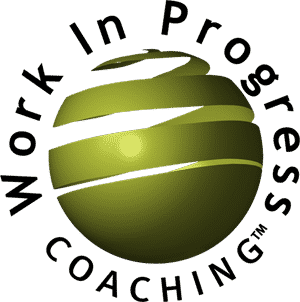Optical illusions are a hoot. They work by taking advantage of how our brain’s hard-wiring processes information. Recently, a photograph of a bride’s dress posted online went viral along with the question: Is the dress White and Gold or Blue and Black? Those in the W&G camp are adamant that they are right, just as adamant as those in the B&B camp. Seeing is believing, right? Not so fast.
The brain isn’t trying to fool us. It is processing data to the best of its hard-wired ability. (You could even say it has a mind of its own.)

(Watch Jerry Andrus, 80 years of age, share his Optical Illusions. Warning: Watch with a buddy who promises to ignore your protests and tears you away after 11.5 minutes. Otherwise, you may watch the entire hour of demonstrations. Want more? Check out these illusions.)
We even pay people to trick us
It’s OK to enjoy the tricks our eyes play on us because we aren’t using the experience or feedback to make decisions about where to invest our 401K, or which person to hire as our next CFO, or how much we’ll invest in training our staff.
Who’s tricking who?
The kind of illusions that aren’t cool – and for which we pay a very high price for believing they are real – are the kind that we perform on ourselves.
We trick ourselves into protecting our feelings when we think we only have so much appreciation to express, or there’s a limit to how much trust we can extend, or that we can’t say “no” because what will they think, or that we have a pre-determined allotment of love so we’d better dole it out very, very carefully.
The inner critic, the naysayers and the self-doubts echo concerns that were expressed eons ago in dark caves. They helped us survive the real and present dangers of those times.
Imagined dangers are just that
It’s ironic, isn’t it, that we exited the cave because we no longer trusted that the “stay inside where it’s safe” voices had our best interests in mind or accurately portrayed what was “out there.”
We exited the cave because we generated a trusted our dreams more than our doubts. We were more willing to pursue what was possible than protect what was familiar. Yes, it was risky. Yes, there were dangers. Yes, we failed often and then ventured forth, again and again.
The ancient voices won’t go away. You, however, as a person no longer living in a cave, don’t have to retreat when you hear those shadowy voices. You can choose to venture forth or not.
What is it costing you to believe in those ancient voices more than yourself? Is that cost worth it? Yeah, I didn’t think so.
Stop tricking yourself. What you want will show up because you have stepped out of your comfortable cave and ventured forth. That’s not a trick, that’s how inventing and living a satisfying, fulfilling life works for ourselves and the people we lead.
Subscribe
Get Camille's latest posts!


